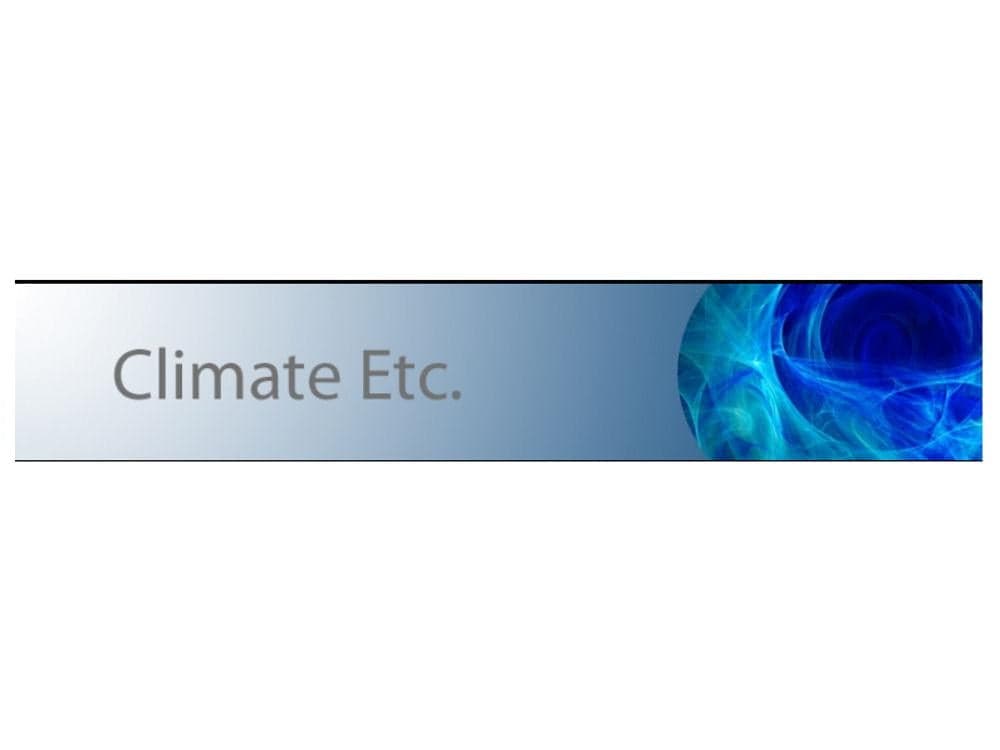From: Climate Etc.
By: Judith Curry
Date: February 19, 2022
How we have mischaracterized climate risk
“The current thinking and approaches guiding this conceptualization and description have been shown to lack scientific rigour, the consequence being that climate change risk and uncertainties are poorly presented. The climate change field needs to strengthen its risk science basis, to improve the current situation.” – Norwegian risk scientist Terje Aven
For decision-makers, climate change is a problem in risk assessment and management. Climate change is a risk because it may affect prosperity and security in a negative way, and because its consequences are uncertain.
Global climate change policy has been dominated by a specific strategy of risk management – the Precautionary Principle as a justification for setting specific targets for the elimination of manmade emissions of carbon dioxide. In the early 1980s, the United Nations Environmental Program (UNEP) became bullish on the idea that fossil fuels would produce dangerous climate change. The prospect of eliminating fossil fuels was congruent with UNEP’s broader interests in environmental quality and world governance. At Villach in 1985 at the beginning of the climate treaty movement, the policy movement to eliminate fossil fuels became detached from any moorings in the science – the rhetoric of precaution argued that we should act anyway to eliminate fossil fuels, just in case. This perspective became codified by the 1992 UN Framework Convention on Climate Change (UNFCCC) Treaty in 1992, the Kyoto Protocol in 1997 and the 2015 Paris Climate Agreement." (continue reading)
How we have mischaracterized climate risk
